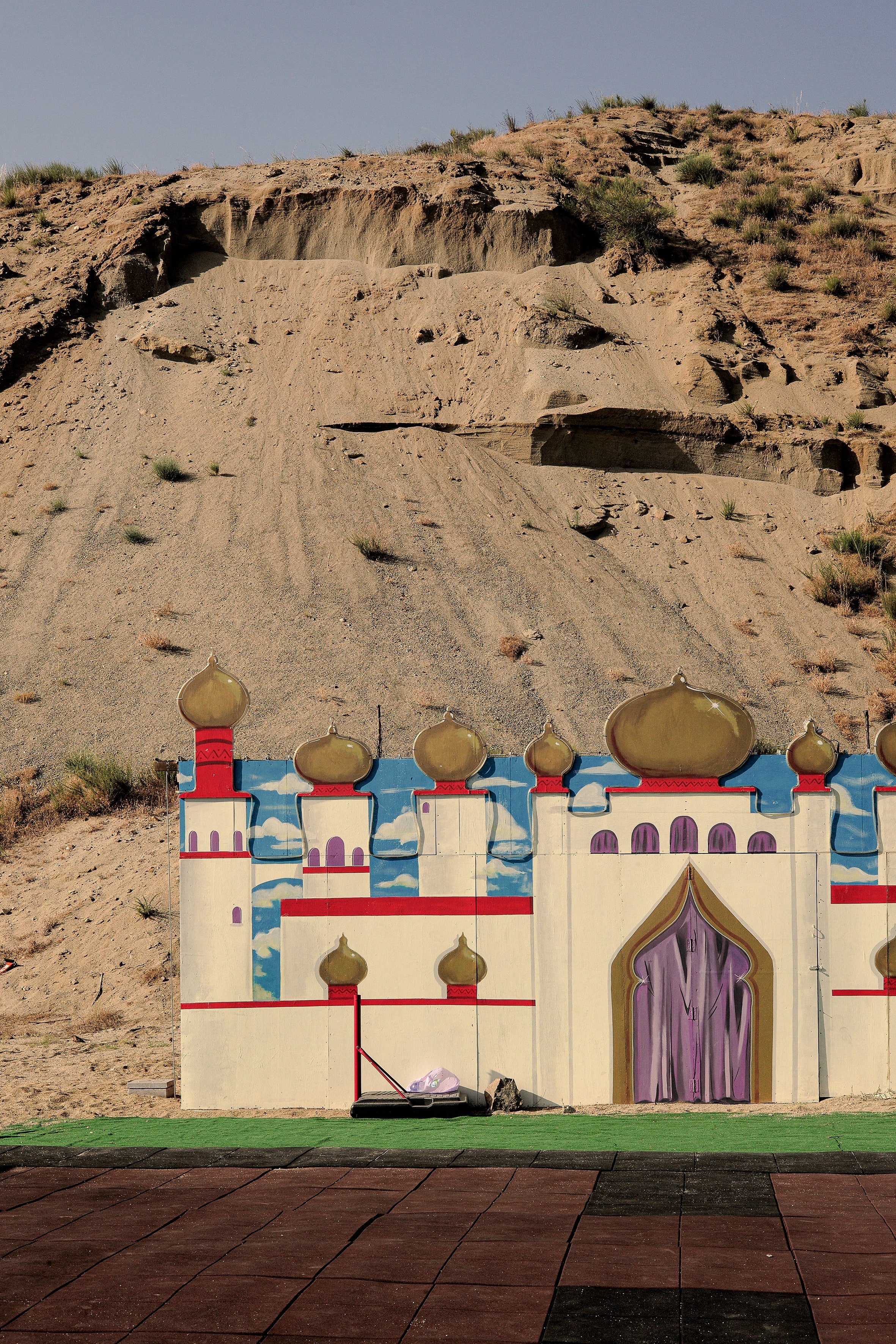Alessandro Mallamaci
His interest in the visual arts, communication and photography, began in 1996. Since 2008 he worked as ambassador and trainer collaborating with prestigious brands like EIZO, Leica and Fujifilm.In 2023 he had the privilege of lecturing at Columbia College in Chicago, USA. He actually teaches at Academy of Fine Arts in Perugia. His artistic projects and books designed by him have received awards and have been displayed in exhibitions, art fairs and galleries across China, France, Greece, Iceland, Italy, Portugal, Spain, the UK and the USA, fostering valuable international collaborations. He has successfully managed a cultural centre, a photography school, an educational project involving dozens of classes and teachers across Italy. He has organized festivals, workshops and talks. He has curated various exhibitions and he manages a communication agency, a photo agency, and a fine art printing lab. Member of Tau Visual, Associazione Nazionale Fotografi Professionisti, he is represented by Galleria Valeria Bella in Milan. His photographs have been published in various magazines and books.

A beautiful place
Two are the landmarks that Alessandro Mallamaci is offering us to get to the core of his narration. The first one is geographic: “The valley of the Sant’Agata river lays through the reddish soil of the Aspromonte mountains in the province of Reggio Calabria and flows towards the sea until it dives into the Strait of Messina. The name of the waterway originates from the Greek aghatè, which is linked to concepts such as beauty, goodness and nobility; it’s like Travellers from the Magna Graecia age were enchanted by this place.” The second is sentimental, a kind of epilogue that clarifies the title of his work: “This is my landscape. I cannot help but love it. It is a beautiful place.” An unrequired explanation which highlights, from the very first image, a deep bond towards a beloved landscape but also a conscious and painful one.
Now the journey can begin. We are in Calabria, within the places where Mallamaci lives. Places where sublime landscapes collide with urban speculation, uncontaminated nature and nature corrupted by man’s intervention and his stories, historical finds and industrial waste, popular traditions rich in charm and the ruling presence of the ‘Ndrangheta. Contradictions, as he himself points out, are the leitmotiv of this area of Italy, and Mallamaci has been moving and working between these alternations for five years. He seeks the proper distance for his photography, one which allows a dialogue between details and wider visions, people and things, to build up an itinerary which develops upwards and into which – almost as a pause – horizontal visions are inserted.
These are places where popular traditions live on, the joy of gathering all together, the way cattle are raised which is not affected by the passing of time, the ruins of neglect, tracks rusted by time, the scrub overtaking cement, walls who are crumbling and walls which keep enduring. He’s not trying to report or to seek an objective viewpoint. He selects his framing not to judge but to find empathy, perhaps even in an act of pietas aiming to change the persistence of discomfort into a kind of land art. He builds a sequence of images consisting of details and wider visions which, page after page, guides us through a land we do not know, which is his alone, quoting Umberto Zanotti Bianco: “There is no beauty of a territory that has not yet been awakened, no wealth of new worlds barely touched by civilization , worth as the charm of this neglected and yet ancient Calabria, …”.
He has his maestri. Those who re-interpreted the “everyday banal” who, since the 1980s, have given a different route to Italian photography, who have taught us to see a transformed territory, to live with landscapes that suffocated and lost the marvels of the Grand Tour. With the same identical respect and perhaps the same identical love, Mallamaci looks at the places he undergoes t every day and which every day force him to suspend judgement that would otherwise be inevitable. He thinks about Guido Guidi, Stephen Shore, Robert Adams, Luigi Ghirri, he compares himself with his friend Filippo Romano and makes his own the lessons of those who have tried and try through photography to fix the disadvantages that history has caused on the environment. To this “beautiful place” Mallamaci dedicates an enduring love song, aware that in the images of his Calabria everyone will see what experiences have taught them to see, but they will also see a remarkable and poetic dedication to a suffering land.
Giovanna Calvenzi
